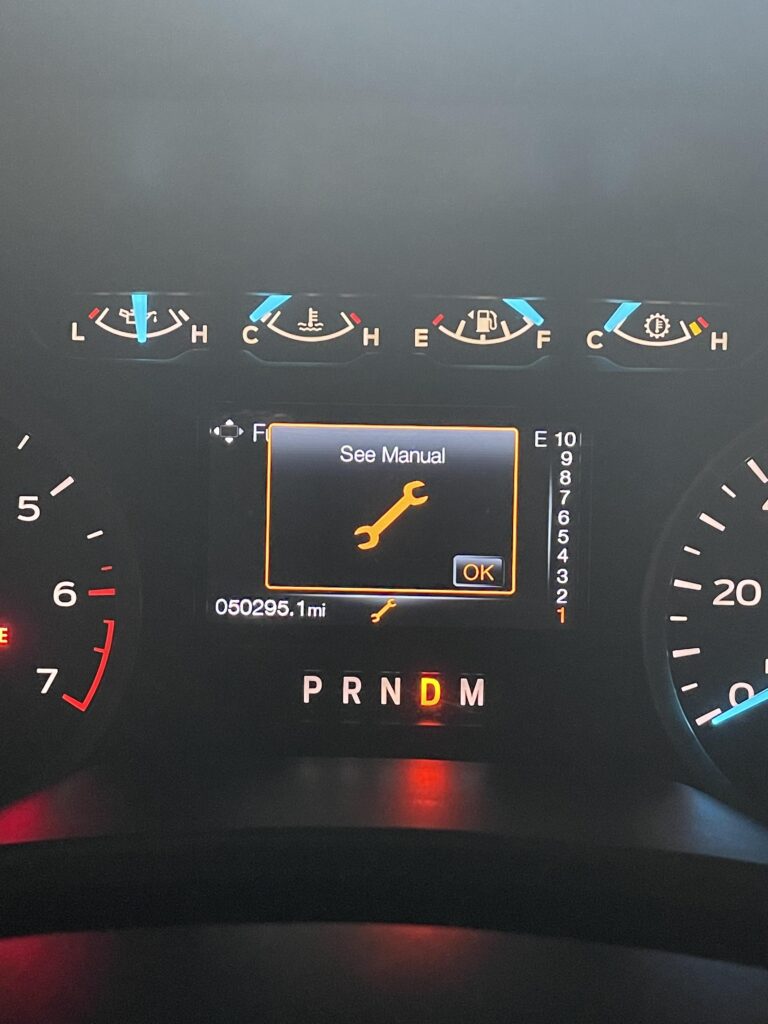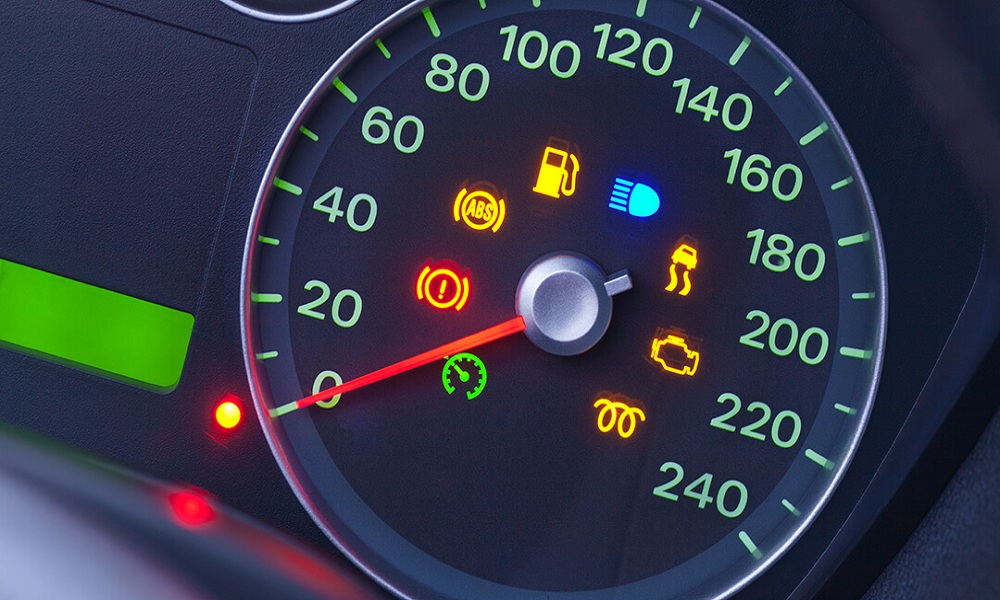Any driver with a license should know that every car has a set of symbols on the dashboard that tell the driver about different problems or changes in how the car works. But if your last driving test was more than 10 years ago, you may have forgotten what the lights on your dashboard mean. You should learn or review the meanings of your car’s lights so that you know what to do in an emergency when a dash symbol comes on.
Some safety lights on the dashboard, like a battery warning or an oil pressure warning, let the driver know that there might be a problem with the car. Other dashboard lights show changes in how the car is working so that the driver can adjust to the change. One example of an active change is traction control, which makes it easier for the tires to grip the road when it’s wet. Here are some important car warning lights and symbols to help you remember them.
Battery Warning
The battery warning light isn’t too hard to figure out. It is usually red and looks like a regular car battery with a plus and minus sign on each side. This is a sign that something is wrong with the charging system of the car. Even though the symbol looks like a battery, the problem could be with the alternator, a corroded battery cable, or another part of the electrical system.
If you see this light, you should pull over and stop the car as soon as it is safe to do so. Call a tow truck and have a professional take a look at your car. If you don’t pull over, it’s likely that the engine will stop when the battery dies, leaving you to either coast to the side of the road if it’s safe or be stuck in the middle of the road.

Engine Temperature Warning
When a car is running, the engine and transmission heat up. Because of this, cars have several systems that help keep the engine and transmission from getting too hot. But if there was a problem, like a broken water pump, a leak in the radiator, worn internal parts, or low transmission fluid levels, the engine temperature warning or transmission temperature warning lights would come on in the dashboard.
When the red thermometer on the engine temperature warning symbol lights up, it means that the engine is too hot. Stop the car right away and have it towed to the nearest mechanic so it can be looked at and fixed.
Most of the time, the transmission temperature warning symbol is a yellow or red thermometer with a gear around it. In the same way, when this light comes on, you need to pull over to keep the transmission of the car from getting hurt.
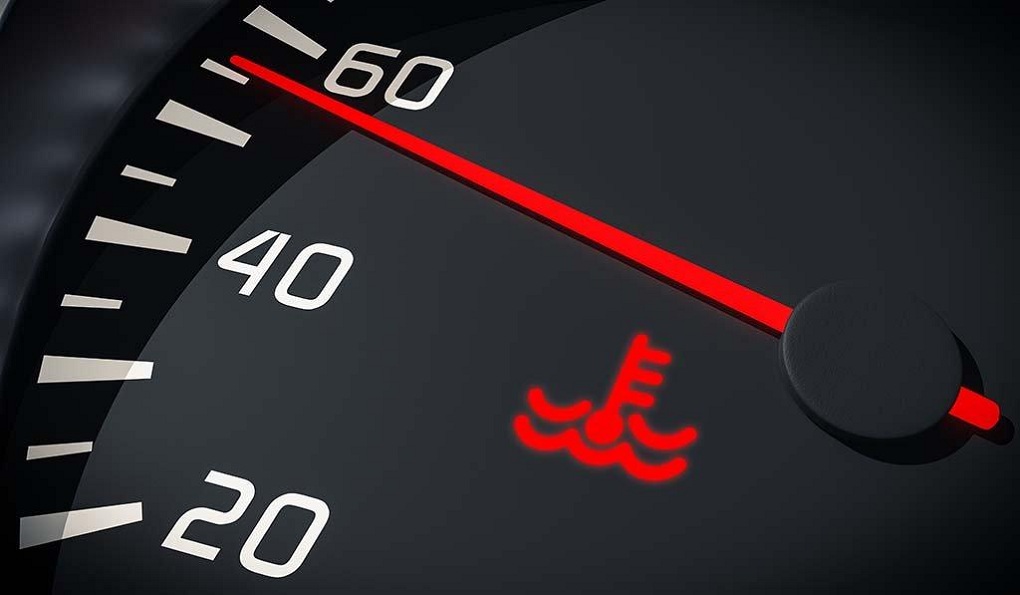
Oil Pressure Warning
The oil pressure warning light can turn on if there isn’t enough oil, if the oil pump is worn, if the oil pan is leaking, or if there are other worn parts inside the car. If you see a red oil can that is lit up, that means there is a problem with how the oil moves around the engine. So, it’s important to check the oil level and look over the car for leaks or other problems that are easy to see.
The car symbols in the dash are critical for preventing further damage to the vehicle once a problem has been identified, so if you can locate the problem, it’s best to take the vehicle to a professional mechanic to assess and repair. Keep in mind that driving a car with bad oil flow will cause the engine to wear out faster and could cause the engine to overheat or even stop working altogether.
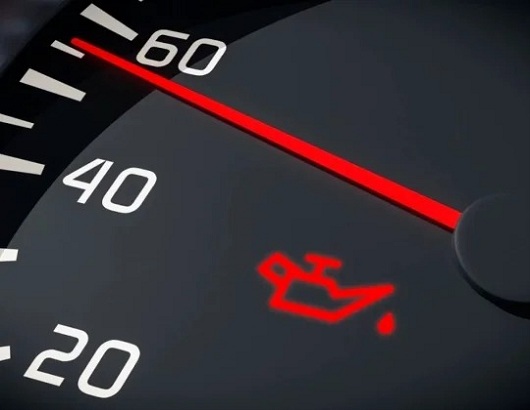
Check Engine Light
If you don’t know what the check engine light means, you’re probably one of the few drivers who can say that. This dashboard light is well-known because it comes on when there is any problem with the engine, even a serious one like a loss of compression. It can also light up if the gas cap isn’t on tight enough or if there are other problems that are easy to fix.
Typically, the symbol is the outline of a red or yellow engine. Don’t just ignore this symbol if you see it. If the warning light is on, check the car for simple problems that could be causing it. If you don’t find anything right away, make an appointment with a mechanic to find out what’s wrong.
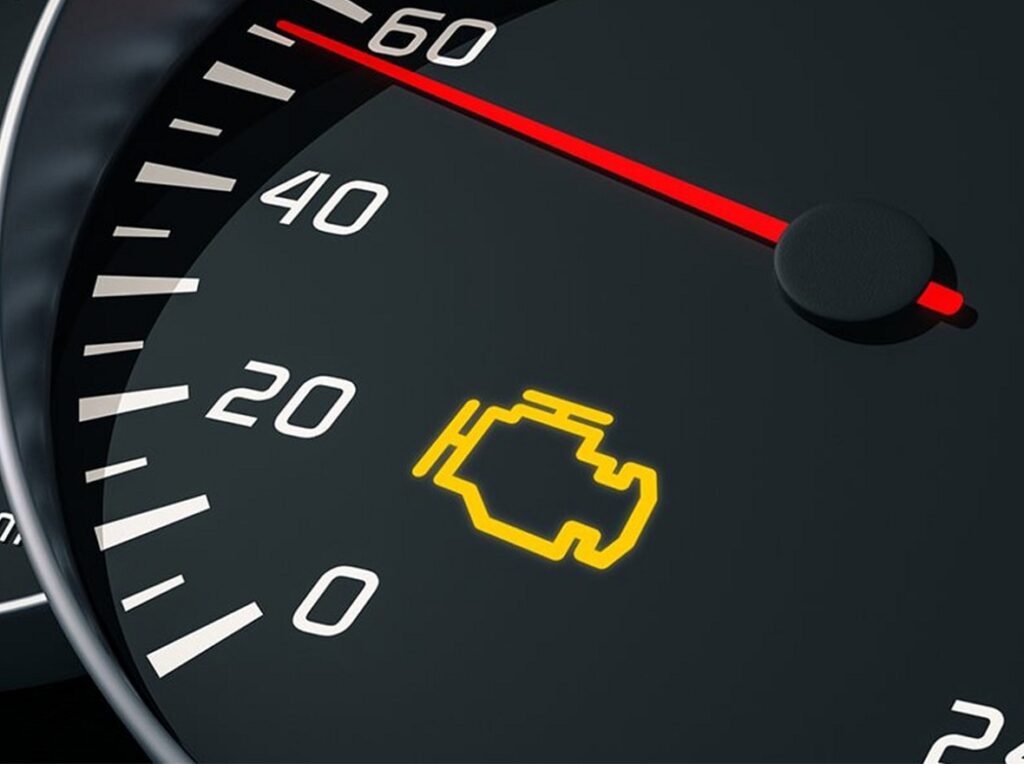
Brake Warning
The brake warning sign is a red circle with a question mark or capital “P” in the middle. This light on the dashboard could be on because the parking brake is still on or because there is a problem with the brakes. Put on the parking brake and take it off to see if this turns off the light. If it doesn’t, have the car towed to a repair shop because it might not be safe to drive.
The anti-lock braking system has its own dashboard light that looks like a red or yellow circle with the letters “ABS” in the middle. If there are problems with the ABS system, the brakes may not work as well, so you should get the car checked out as soon as you can. The brake warning or ABS warning light could come on if the wheel speed sensor is broken, the brake pads are worn, the ABS controller is broken, or the brake fluid level is too low.
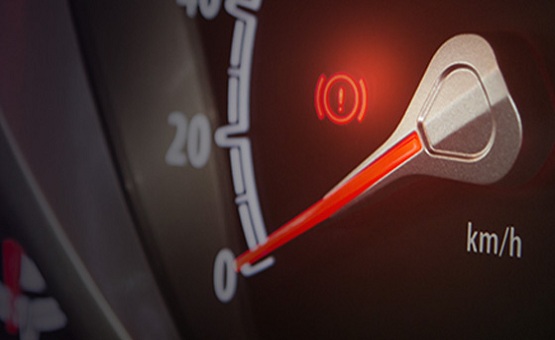
Tire Pressure Warning
The tire pressure warning dash light is easy to spot because it looks like a red or yellow exclamation point in the middle of a car tire. It usually means that the tires are either under- or over-inflated. Individual tire pressure monitoring systems can be put in modern cars so that the driver can check the pressure of each tire to make sure it is balanced. If your car doesn’t have this system, you’ll have to check the tire pressure on your own.
If this light comes on while you are driving, stop and check to see if any of your tires are flat or very low on air. Use a tire pressure gauge to make sure your tires have the right amount of pressure for your car. This information is usually in the owner’s manual, and most gas stations have air pumps you can use to fill up your tires. If the tire is flat, you can either call for a tow truck or jack up the car in a safe place and put on the spare tire.
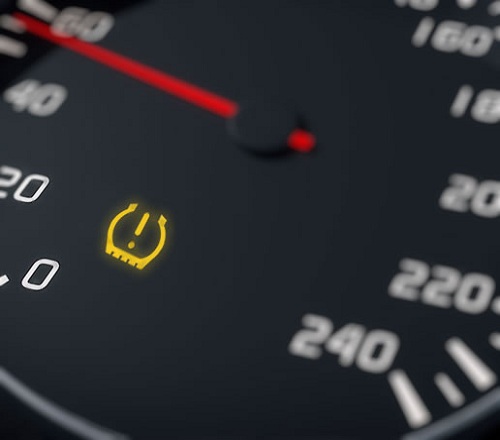
Traction Control
The traction control light on the dashboard doesn’t mean you need to worry right away. The traction control dash light, which looks like a car and two S-shaped lines, turns on when the traction control function is turned on. This feature automatically applies the brakes to help keep the car from slipping when accelerating. It usually works on icy, snowy, or wet surfaces like pavement, sand, and gravel.
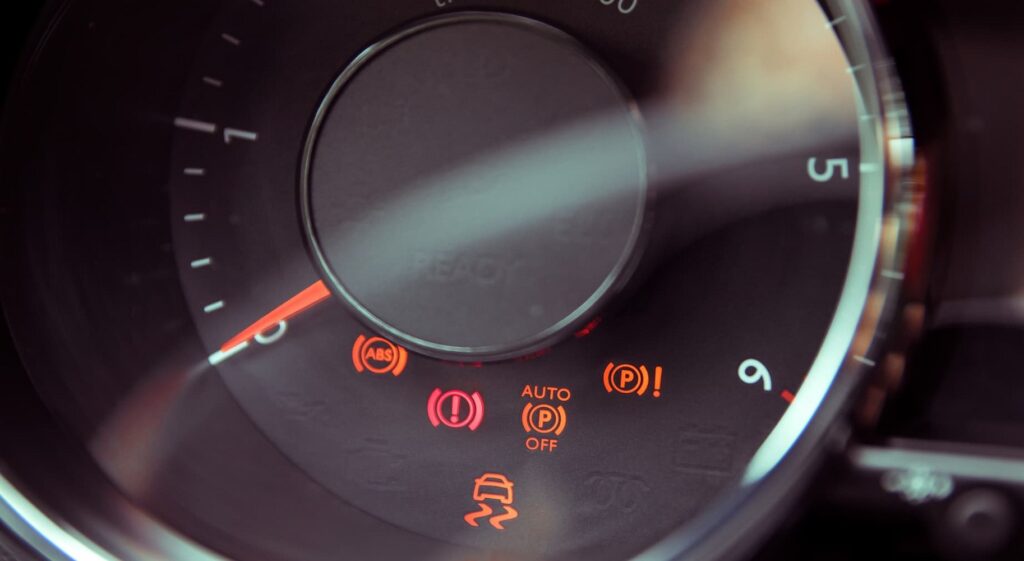
Low Fuel Warning
The low fuel warning light will come on if the gas cap is loose or if the car is almost out of gas, telling the driver to pull over and fill up the tank. This warning light looks like a red or yellow gas pump. Some cars may also have a navigation system that automatically finds the closest gas station when the low fuel light comes on and shows this information on the navigation screen.
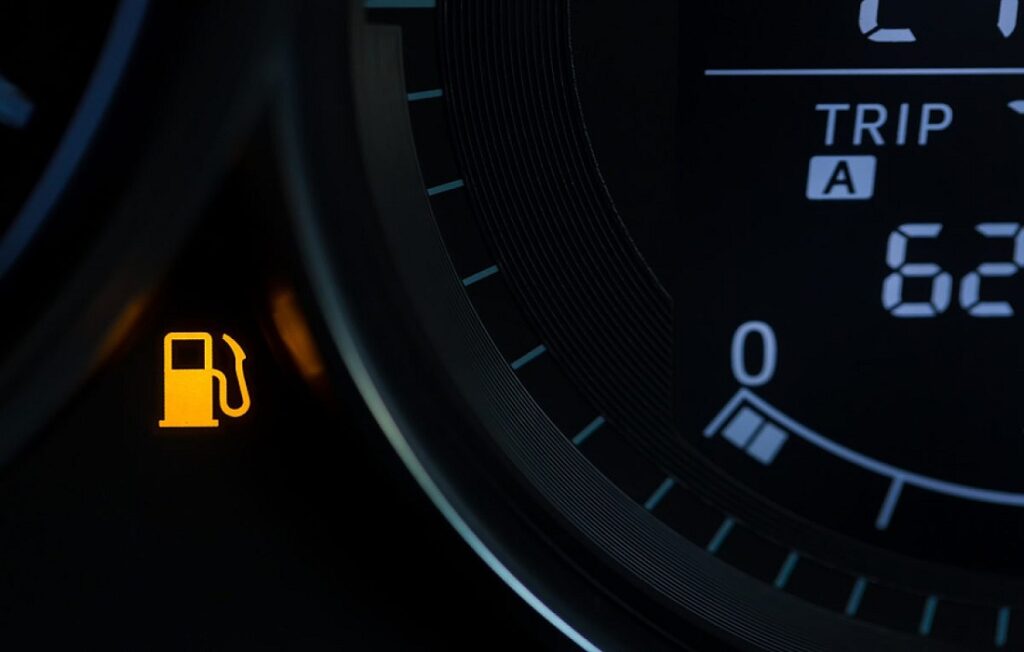
Washer Fluid Indicator
When the washer fluid level is low, a yellow windshield icon with a small wiper blade in the middle of a swipe is shown. Most of the time, this isn’t a big deal, but it can be dangerous to drive in the winter without windshield washer fluid because of how much dirt and grime gets sprayed up on the windshield when it snows. Stop at a gas station or other store that sells washer fluid when you have a chance and fill up the washer fluid reservoir.
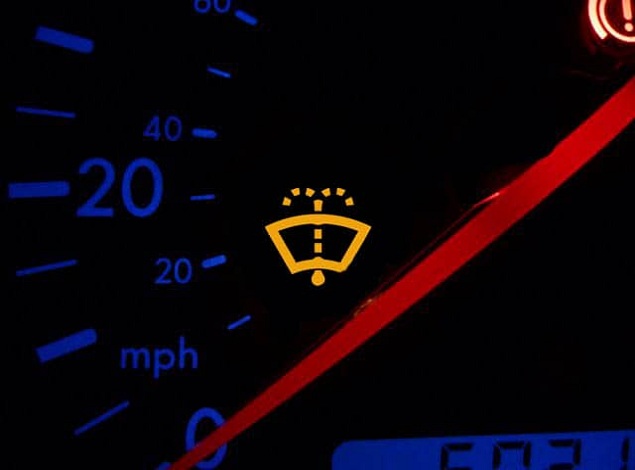
Seat Belt Reminder
Seat belts are meant to keep the driver and passengers safe in case of an accident, and you can be pulled over and given a ticket if you’re not wearing one. The seat belt reminder light stays on until the driver and anyone else in the car puts on their seat belts. This helps keep everyone safe and keeps you from getting a ticket. The outline of a person wearing a seat belt is the symbol for this dashboard light.
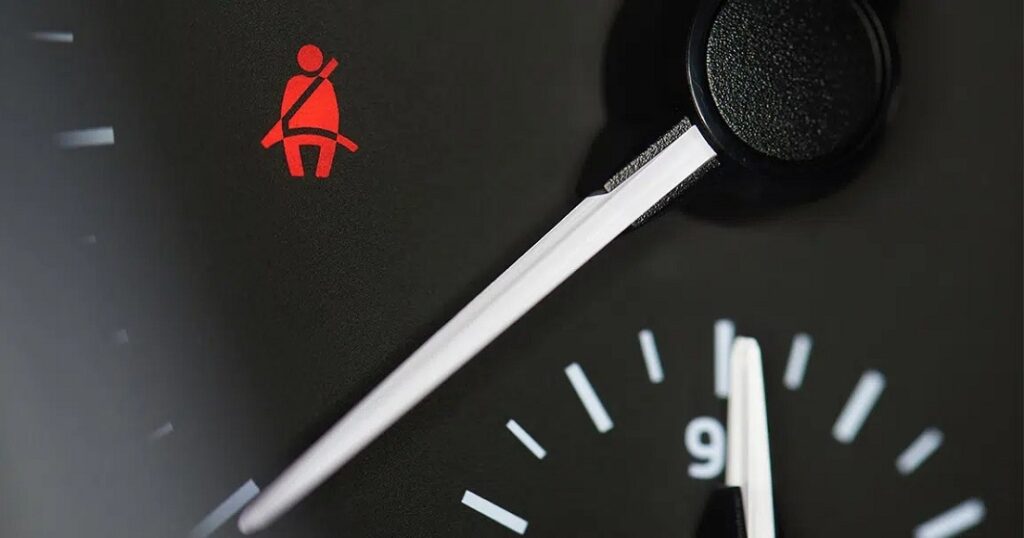
Airbag Indicator
In the event of an accident, the airbag or supplemental restraint system (SRS) tightens the seatbelts and deploys the car’s airbags. If the airbag indicator light comes on, it means there is a problem with the SRS system that could stop the airbags from going off or even stop the seatbelts from tightening properly, putting the driver and any passengers in danger.
Most of the time, the airbag indicator is a red airbag, but it can also be the letters “SRS.” Get a professional mechanic to look at the car to figure out what’s wrong before driving it normally again.

High Beam Light Indicator
There are a few lights on a car that just tell the driver what the vehicle is doing at the moment. The high beam light indicator is a blue symbol on the headlight that shows that the high beams are on. If you are driving in the city or toward another car on the highway, you should turn off your high beams, so you don’t blind other people.
If the low beam or dipped beam setting is on, a green headlight symbol with slightly angled green lines will be lit up. The fog lights are on when the same green headlight symbol has a vertical squiggly line going through the three angled lines. This makes it easier to see in fog.
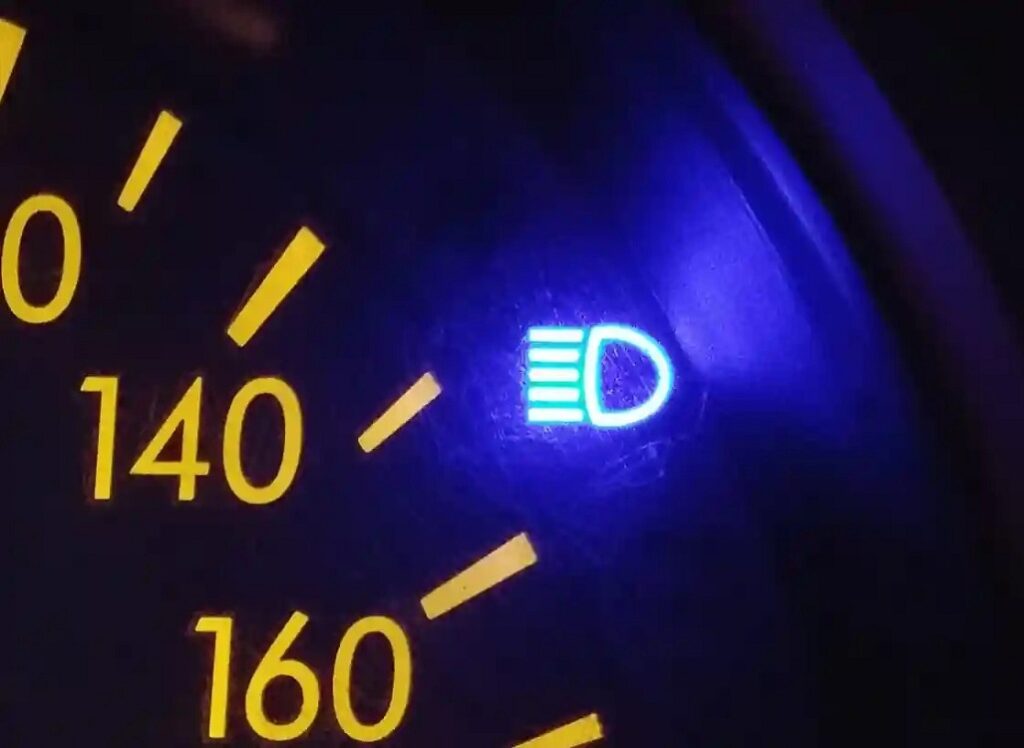
Security Alert
The symbol for a security alert is a car with a key or a padlock on it. If a car has a security system, it may have a security light on the dashboard that turns on when the security system disables the ignition system to keep thieves away. It can also blink every so often to show that the system is running. But if the security light comes on while you’re driving, there may be a problem with the ignition system. You should have the car checked out and fixed if needed.
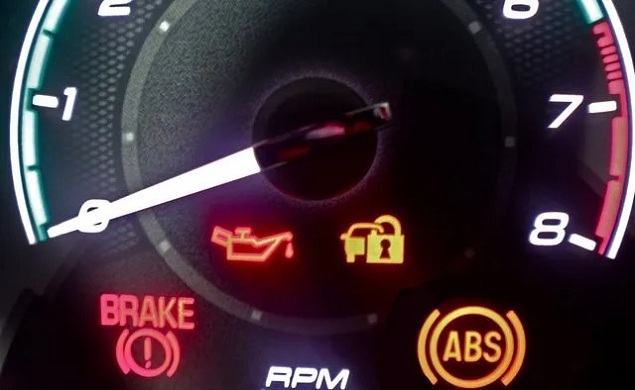
Power Steering Warning
A red or yellow steering wheel is the sign for power steering. Depending on the make and model of the car, it may also have an exclamation point on one side of the steering wheel. The power steering warning light usually turns on when the car detects a problem with the steering system.
If your car has electric power steering, you will need to take it to a mechanic to have the problem checked out (EPS). Even if a vehicle with hydraulic power steering only needs to have the fluid topped off, it’s still a good idea to make an appointment for maintenance.
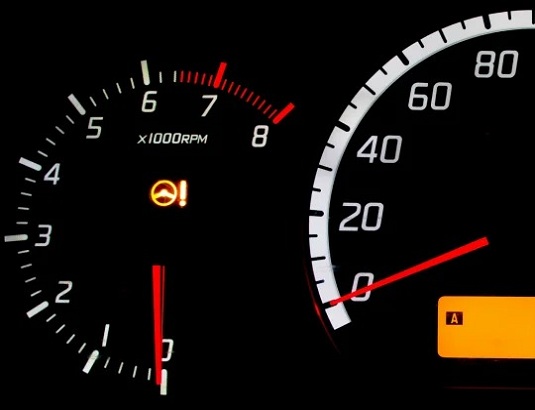
Press Brake Indicator
A car with an automatic transmission can’t be moved out of park unless the brake pedal is pressed. The press brake indicator light shows the driver that the system is working. It usually looks like a green foot inside a circle. In the same way, a manual transmission system may have a press clutch indicator that looks like an orange shoe in the middle of an orange circle. When changing gears and getting out of “park,” make sure to press the clutch.

Powertrain Fault Warning
The powertrain fault warning is a symbol, like the check engine light, that can come on when there are problems with the system, such as low voltage, a broken oil cooler or problems with the engine, transmission, or all-wheel drive (AWD) system. It is shown on the dash as a yellow wrench that is easy to find. Talk to a licensed mechanic to figure out what’s wrong and fix it if necessary.
